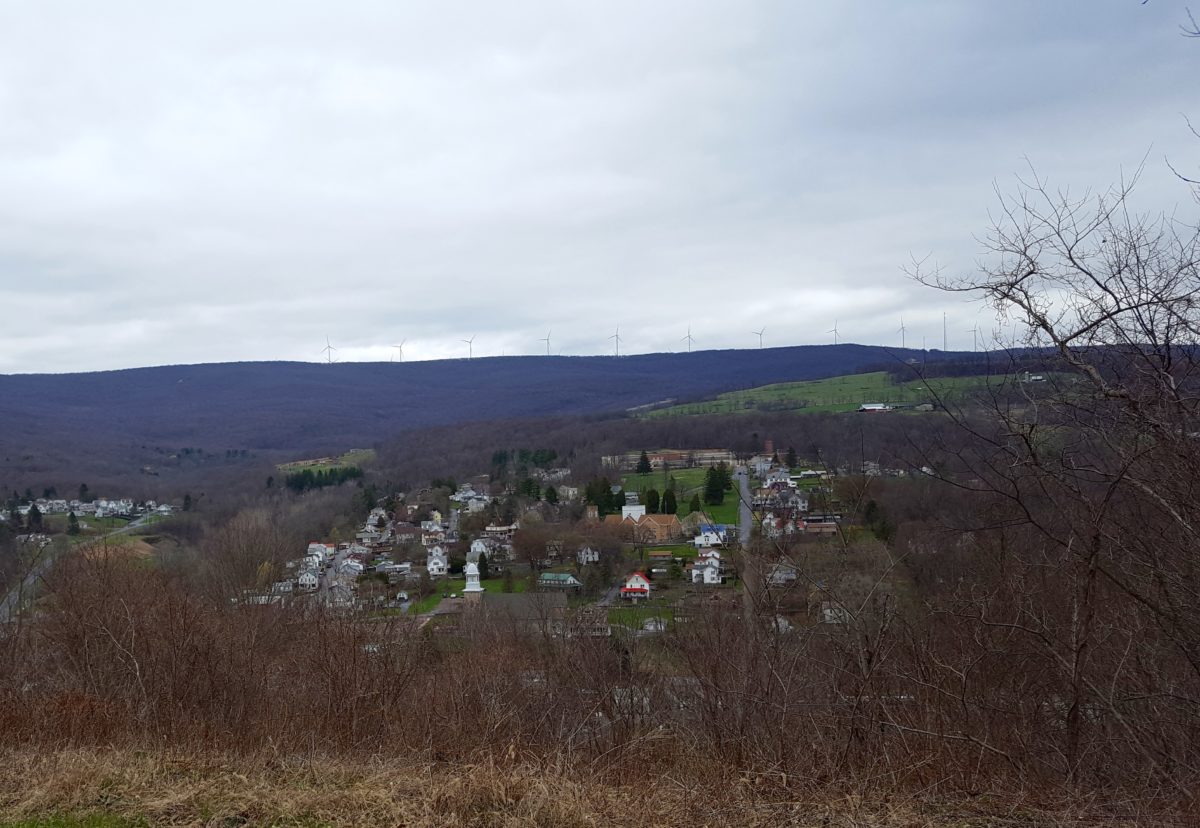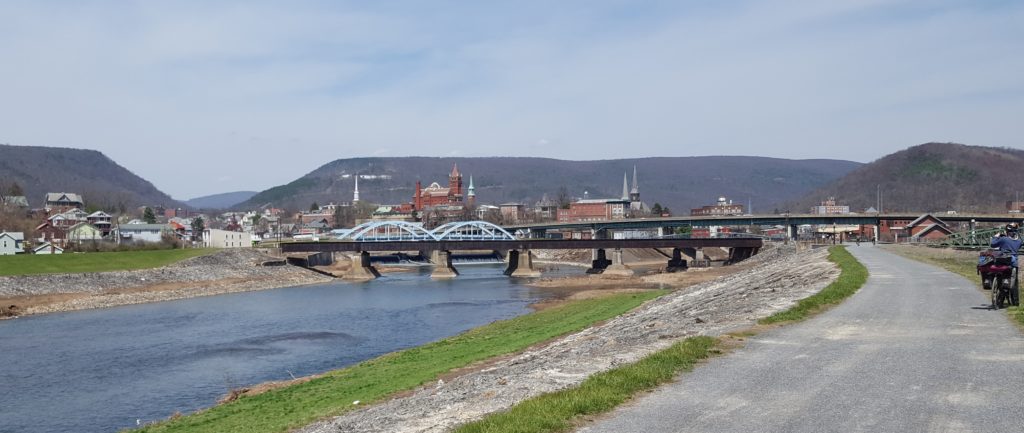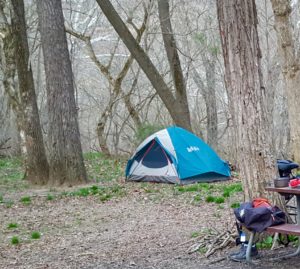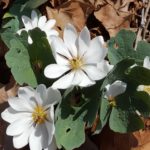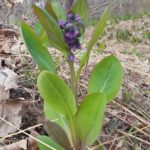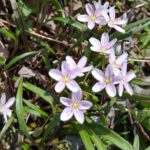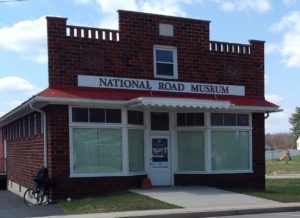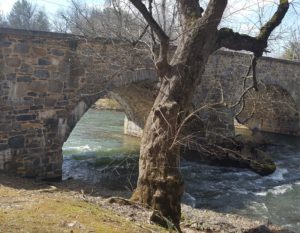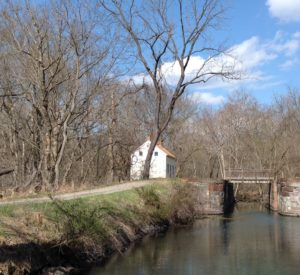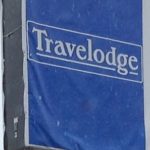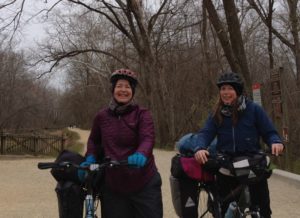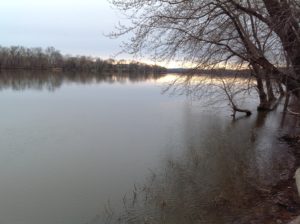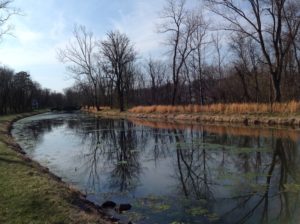 In Cumberland, MD, Angela and I said farewell to the C&O Canal Trail. So are we done with our journey? Oh, my no. We’re over a week in, and we’ve only reached the halfway point.
In Cumberland, MD, Angela and I said farewell to the C&O Canal Trail. So are we done with our journey? Oh, my no. We’re over a week in, and we’ve only reached the halfway point.
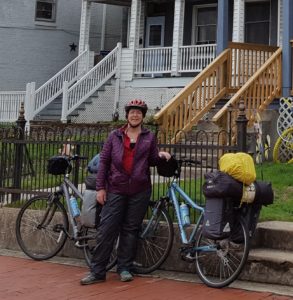 Next up, the Great Allegheny Passage (GAP) Trail out of downtown Cumberland, pedaling northwest to Frostburg. Eight miles by car, a steady sixteen miles uphill by bicycle.
Next up, the Great Allegheny Passage (GAP) Trail out of downtown Cumberland, pedaling northwest to Frostburg. Eight miles by car, a steady sixteen miles uphill by bicycle.
Oh, you’re thinking, that’s bad.
 No, that’s good. The journey is twice as long to keep the grade of incline at one percent. A slog, but doable. Feel the burn.
No, that’s good. The journey is twice as long to keep the grade of incline at one percent. A slog, but doable. Feel the burn.
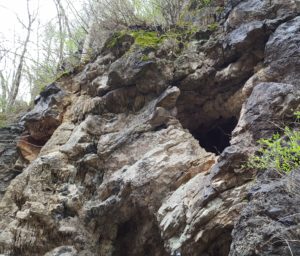 And soak up the scenery. Along the way we passed by the Cumberland Bone Cave where skeletal remains were found dating back 200,000 years, to the Pleistocene Era.
And soak up the scenery. Along the way we passed by the Cumberland Bone Cave where skeletal remains were found dating back 200,000 years, to the Pleistocene Era.
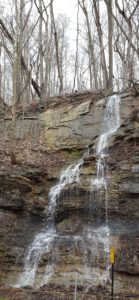 On one stretch we spotted four or five quite enormous wild turkeys (they’re fast, so they got away before we could take photos) who left large three-toed tracks in the cinders reminiscent of dinosaur footprints (or maybe the bone cave had captured our imaginations?)
On one stretch we spotted four or five quite enormous wild turkeys (they’re fast, so they got away before we could take photos) who left large three-toed tracks in the cinders reminiscent of dinosaur footprints (or maybe the bone cave had captured our imaginations?)
Every so often along the way, we happen upon an interpretive sign that peels back a layer of history. A sign positioned before the valley view of Mt. Savage informed us:
The Community of Mt. Savage … was originally referred to as “Arnold’s Settlement” in about 1780. The Arnold family had established themselves here … along an old American Indian trail west. … The settlement served as an overnight stop for travelers moving westward to the Ohio River.

